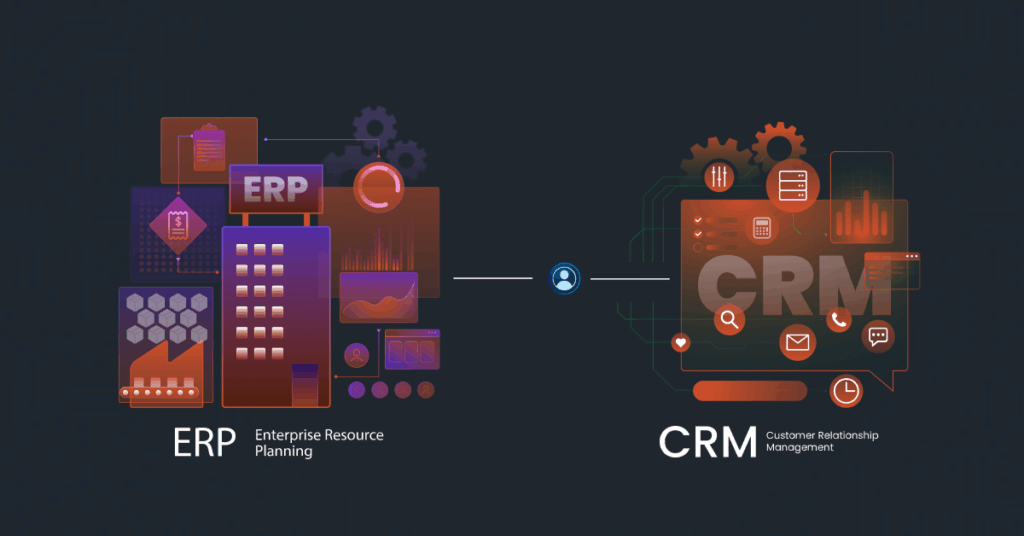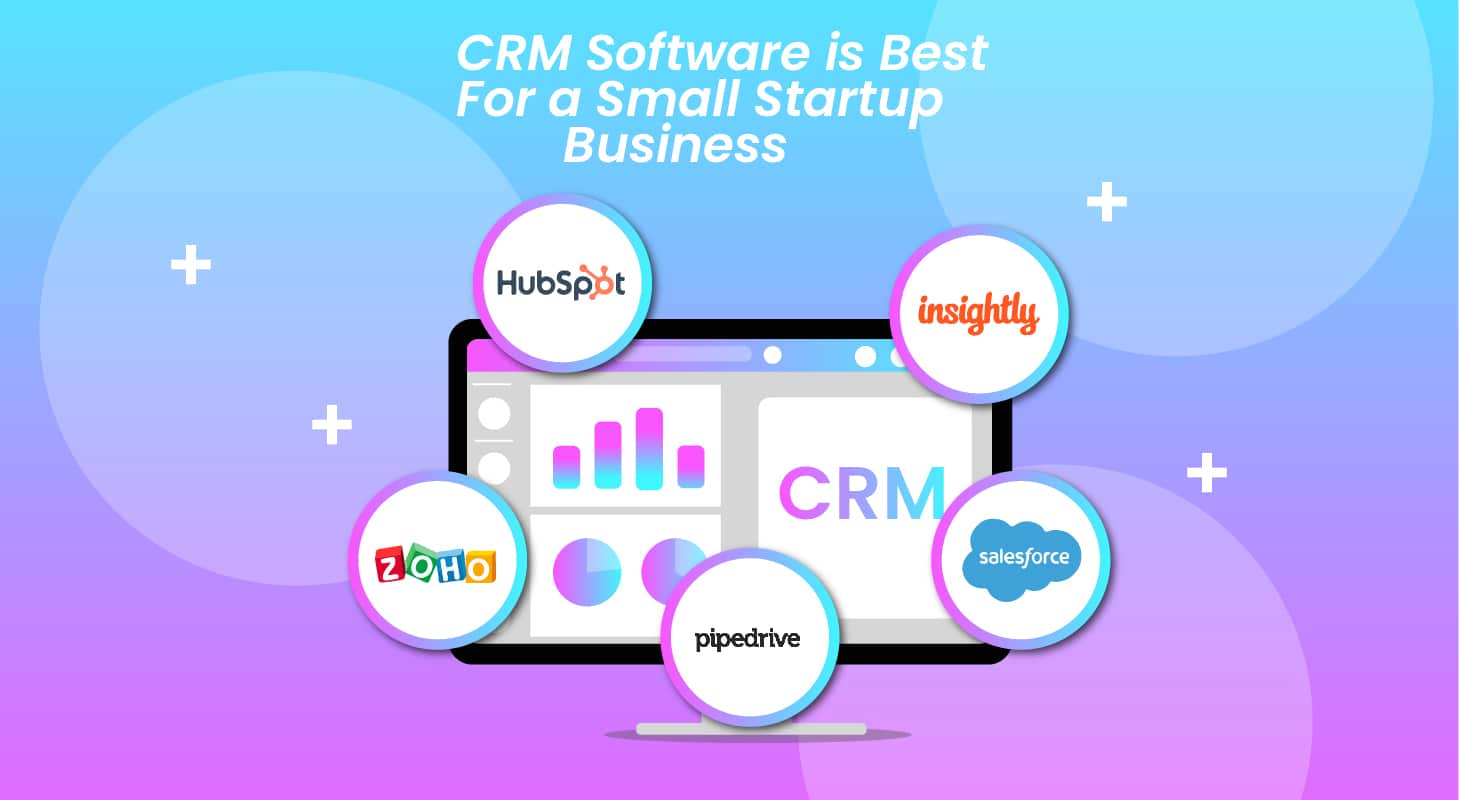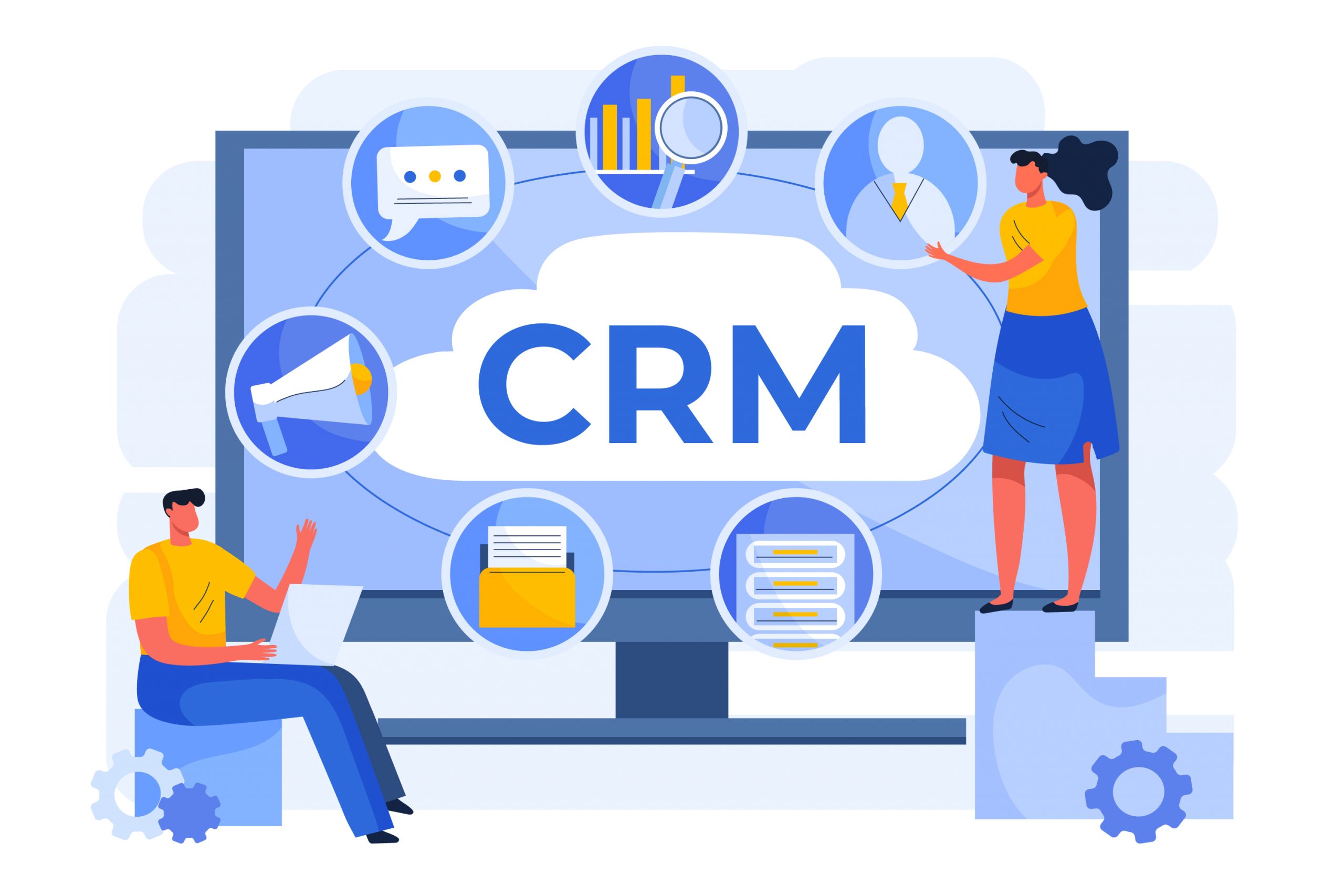
Unlocking the Power of Integration: CRM and Planview Harmonized
In the dynamic world of project portfolio management (PPM), efficiency and collaboration are paramount. Successfully navigating the complexities of projects, resources, and strategic goals requires a well-oiled machine. One critical component often overlooked is the integration between Customer Relationship Management (CRM) systems and PPM tools like Planview. This article delves into the multifaceted benefits of CRM integration with Planview, exploring how this synergy can transform your organization’s approach to project management, sales, and overall business performance. We’ll examine the ‘hows’ and ‘whys’ of this integration, providing insights and practical guidance to help you unlock its full potential.
Why Integrate CRM with Planview? The Compelling Advantages
The decision to integrate your CRM and Planview systems is not merely a technological upgrade; it’s a strategic move that can yield substantial returns. Here are some compelling advantages:
1. Enhanced Visibility and Data Synchronization
Imagine a world where your sales team, project managers, and executives all operate from the same source of truth. CRM integration with Planview makes this a reality. By synchronizing data between the two systems, you eliminate data silos and ensure everyone has access to the most up-to-date information. For example, when a new opportunity is created in your CRM, relevant details can automatically flow into Planview, triggering the creation of a project request or resource allocation planning. This eliminates manual data entry, reduces the risk of errors, and provides a holistic view of the entire project lifecycle, from initial sales engagement to project completion.
2. Improved Project Forecasting and Resource Allocation
Accurate forecasting is the cornerstone of successful project portfolio management. When your CRM and Planview systems are integrated, you can leverage sales pipeline data to improve project forecasting. For instance, by analyzing the probability of closing a deal and its associated revenue, you can estimate the potential project demand and allocate resources accordingly. This proactive approach enables you to anticipate resource constraints, optimize project timelines, and avoid over- or under-allocation of resources, leading to more efficient project delivery and improved profitability.
3. Streamlined Project Initiation and Execution
The integration streamlines the project initiation process. When a deal is closed in CRM, the project can be automatically initiated in Planview, pre-populated with relevant information from the CRM, such as the customer name, project scope, and budget. This accelerates the project setup process, reduces administrative overhead, and allows project managers to focus on what matters most: delivering successful projects. Furthermore, ongoing project updates and milestones can be automatically synchronized back to the CRM, keeping sales and account management teams informed of project progress and ensuring a seamless customer experience.
4. Enhanced Customer Relationship Management
CRM integration with Planview enhances your customer relationship management capabilities. By linking project data to customer records in your CRM, you gain a 360-degree view of each customer, including their project history, current projects, and future opportunities. This comprehensive view enables you to provide more personalized and proactive customer service, anticipate customer needs, and identify opportunities for upselling and cross-selling. It also allows your sales and account management teams to build stronger relationships with customers, leading to increased customer satisfaction and loyalty.
5. Data-Driven Decision Making
The integration provides a wealth of data that can be used to drive informed decision-making. By analyzing data from both your CRM and Planview systems, you can gain insights into project performance, resource utilization, customer satisfaction, and sales effectiveness. This data-driven approach enables you to identify areas for improvement, optimize your project portfolio, and make strategic decisions that align with your business goals. For example, you can analyze project data to identify the most profitable projects, the most efficient resource allocation strategies, and the customers with the highest lifetime value.
Key Features to Look For in a CRM-Planview Integration
Not all integrations are created equal. When selecting a CRM-Planview integration solution, consider the following key features:
1. Data Mapping and Synchronization
The integration solution should allow you to map data fields between your CRM and Planview systems, ensuring that the right data is synchronized in the correct format. This includes mapping fields such as customer names, project scopes, budgets, timelines, and resource assignments. The solution should also support real-time or near-real-time data synchronization to ensure that data is always up-to-date.
2. Workflow Automation
Look for features that automate key workflows, such as project initiation, resource allocation, and project status updates. For example, when a new deal is closed in CRM, the integration solution should automatically create a project in Planview, assign resources, and set up project milestones. This automation reduces manual effort, minimizes errors, and streamlines project processes.
3. Reporting and Analytics
The integration solution should provide robust reporting and analytics capabilities. This includes pre-built reports and dashboards that provide insights into project performance, resource utilization, and sales effectiveness. The solution should also allow you to create custom reports and dashboards to meet your specific reporting needs.
4. User-Friendly Interface
The integration solution should have a user-friendly interface that is easy to use and navigate. This includes a clear and intuitive user interface, comprehensive documentation, and readily available support resources. The solution should also integrate seamlessly with your existing CRM and Planview systems.
5. Security and Compliance
The integration solution should be secure and compliant with all relevant data privacy regulations. This includes features such as data encryption, access controls, and audit trails. The solution should also be compliant with industry-specific regulations, such as GDPR and HIPAA.
Step-by-Step Guide to Implementing CRM-Planview Integration
Implementing CRM-Planview integration can seem daunting, but with a structured approach, the process can be smooth and successful. Here’s a step-by-step guide:
1. Define Your Objectives and Requirements
Before you begin, clearly define your objectives for the integration. What do you hope to achieve by integrating your CRM and Planview systems? What specific data do you need to synchronize? What workflows do you want to automate? Identifying your requirements will help you select the right integration solution and ensure a successful implementation.
2. Choose the Right Integration Solution
There are several integration solutions available, ranging from custom integrations to pre-built connectors. Consider your budget, technical expertise, and specific requirements when selecting a solution. Pre-built connectors are often the easiest and most cost-effective option, but they may not offer the flexibility of a custom integration. Research different vendors and solutions, and evaluate them based on their features, functionality, and ease of use.
3. Plan Your Data Mapping and Synchronization
Carefully plan how you will map data fields between your CRM and Planview systems. Identify the specific fields that need to be synchronized and the direction of the synchronization (e.g., CRM to Planview, Planview to CRM, or bidirectional). Consider the data types, formats, and validation rules for each field. Create a detailed data mapping document that outlines the data synchronization process.
4. Configure the Integration Solution
Once you have selected an integration solution, configure it to meet your specific requirements. This includes connecting to your CRM and Planview systems, mapping data fields, and setting up workflow automation. Follow the vendor’s documentation and guidelines to configure the solution correctly. Test the configuration thoroughly to ensure that data is synchronized accurately and workflows are automated as expected.
5. Test and Validate the Integration
Before deploying the integration to your production environment, test it thoroughly. Create test cases to verify that data is synchronized correctly, workflows are automated as expected, and reports and dashboards are accurate. Validate the integration by comparing data in your CRM and Planview systems to ensure consistency. Address any issues or errors that you find during testing.
6. Deploy and Monitor the Integration
Once you are confident that the integration is working correctly, deploy it to your production environment. Monitor the integration closely after deployment to ensure that it continues to function properly. Check for any errors or issues and address them promptly. Regularly review the integration to ensure that it meets your evolving business needs.
Popular CRM Systems and Their Integration Capabilities with Planview
Several CRM systems offer robust integration capabilities with Planview. Here are some of the most popular options:
1. Salesforce
Salesforce is a leading CRM platform known for its comprehensive features and extensive integration capabilities. Salesforce offers pre-built connectors and APIs that facilitate seamless integration with Planview. The integration enables you to synchronize data between Salesforce and Planview, automate workflows, and gain a 360-degree view of your customers and projects.
2. Microsoft Dynamics 365
Microsoft Dynamics 365 is another popular CRM platform that offers strong integration capabilities with Planview. The integration enables you to synchronize data between Dynamics 365 and Planview, automate workflows, and gain insights into your sales pipeline and project performance. Microsoft provides a variety of tools and resources to help you implement the integration.
3. HubSpot
HubSpot is a popular CRM platform for small and medium-sized businesses. HubSpot offers pre-built connectors and APIs that facilitate integration with Planview. The integration allows you to synchronize data between HubSpot and Planview, automate workflows, and improve your sales and project management processes. HubSpot’s user-friendly interface makes it easy to set up and manage the integration.
4. Oracle Siebel
Oracle Siebel is a well-established CRM platform that offers robust integration capabilities with Planview. The integration enables you to synchronize data between Siebel and Planview, automate workflows, and gain a comprehensive view of your customer and project data. Oracle provides a range of tools and resources to help you implement the integration.
Overcoming Challenges in CRM-Planview Integration
While the benefits of CRM-Planview integration are substantial, the implementation process can present some challenges. Here are some common obstacles and how to overcome them:
1. Data Quality Issues
Poor data quality can hinder the effectiveness of the integration. Inaccurate, incomplete, or inconsistent data in either your CRM or Planview systems can lead to errors and inefficiencies. To overcome this challenge, establish data quality standards, implement data validation rules, and regularly clean and update your data. Consider using data quality tools to automate the process of identifying and correcting data errors.
2. Integration Complexity
Integrating two complex systems can be challenging, especially if the systems have different data structures, workflows, and security requirements. To mitigate this challenge, choose a well-designed integration solution that simplifies the integration process. Start with a phased approach, focusing on the most critical data and workflows first. Engage experienced integration specialists to assist with the implementation.
3. User Adoption
Ensuring that users adopt the integrated system is crucial for its success. If users are not properly trained or do not see the value of the integration, they may resist using it, leading to data inconsistencies and inefficiencies. To overcome this challenge, provide comprehensive training to all users. Clearly communicate the benefits of the integration and how it will improve their work. Encourage user feedback and provide ongoing support.
4. Security Concerns
Security is a paramount concern when integrating two systems. You must ensure that the integration does not compromise the security of your data. To address this challenge, use a secure integration solution that encrypts data in transit and at rest. Implement access controls to restrict access to sensitive data. Regularly audit the integration to identify and address any security vulnerabilities.
5. Cost Considerations
Implementing CRM-Planview integration can involve costs associated with the integration solution, implementation services, and ongoing maintenance. To manage costs effectively, develop a detailed budget and compare the costs of different integration solutions. Consider a phased implementation approach to spread the costs over time. Prioritize the most critical integrations to maximize the return on investment.
Best Practices for Maximizing the Value of Your Integration
To realize the full potential of your CRM-Planview integration, consider these best practices:
1. Define Clear Goals and Objectives
Before you begin, establish clear goals and objectives for the integration. What do you hope to achieve? What specific business problems are you trying to solve? Defining your goals will help you select the right integration solution and measure the success of your implementation.
2. Involve Stakeholders Early On
Involve stakeholders from both your CRM and Planview teams early in the integration process. Gather their input and feedback to ensure that the integration meets their needs. This will increase user adoption and ensure that the integration is aligned with your business goals.
3. Choose the Right Integration Solution
Select an integration solution that is well-suited to your specific needs. Consider the features, functionality, ease of use, and cost of different solutions. Evaluate the vendor’s reputation and support resources.
4. Plan Your Data Mapping Carefully
Carefully plan how you will map data fields between your CRM and Planview systems. Ensure that the data is synchronized accurately and consistently. Document your data mapping process to facilitate troubleshooting and maintenance.
5. Test Thoroughly
Test the integration thoroughly before deploying it to your production environment. Create test cases to verify that data is synchronized correctly and workflows are automated as expected. Address any issues or errors that you find during testing.
6. Provide Comprehensive Training
Provide comprehensive training to all users on how to use the integrated system. Clearly communicate the benefits of the integration and how it will improve their work. Offer ongoing support and training to address any questions or issues.
7. Monitor and Maintain the Integration
Monitor the integration regularly to ensure that it continues to function properly. Check for any errors or issues and address them promptly. Regularly review the integration to ensure that it meets your evolving business needs.
The Future of CRM and PPM Integration
The integration of CRM and Planview is not a static concept; it’s a dynamic process that continues to evolve. As technology advances, we can expect to see even more sophisticated integration capabilities. Here are some trends to watch for:
1. Artificial Intelligence (AI) and Machine Learning (ML)
AI and ML are poised to revolutionize CRM and PPM integration. AI-powered solutions can analyze data from both systems to provide predictive insights, automate tasks, and personalize customer interactions. For instance, AI can predict project risks, optimize resource allocation, and recommend the best course of action for sales opportunities.
2. Low-Code/No-Code Integration Platforms
Low-code/no-code integration platforms are making it easier than ever to connect CRM and Planview. These platforms offer pre-built connectors, drag-and-drop interfaces, and automated workflows, allowing businesses to implement integrations quickly and easily, even without extensive technical expertise.
3. Enhanced Mobile Integration
Mobile integration is becoming increasingly important. With the rise of remote work and mobile devices, users need to access CRM and PPM data from anywhere, at any time. We can expect to see more mobile-friendly integration solutions that provide seamless access to data and workflows on mobile devices.
4. Integration with Other Business Systems
The integration of CRM and Planview will expand to encompass other business systems, such as finance, human resources, and marketing. This will create a more holistic view of the business and enable organizations to make data-driven decisions across all departments.
5. Focus on Customer Experience
The integration will prioritize the customer experience. By providing a 360-degree view of each customer, businesses can personalize interactions, anticipate customer needs, and deliver exceptional service. This will lead to increased customer satisfaction and loyalty.
In conclusion, the integration of CRM with Planview is a powerful strategy for enhancing project portfolio management. By synchronizing data, automating workflows, and gaining a comprehensive view of your customer and project data, you can improve project forecasting, streamline project execution, enhance customer relationships, and make data-driven decisions. By following the best practices outlined in this article and staying abreast of the latest technology trends, you can unlock the full potential of CRM-Planview integration and drive your organization toward greater success.


